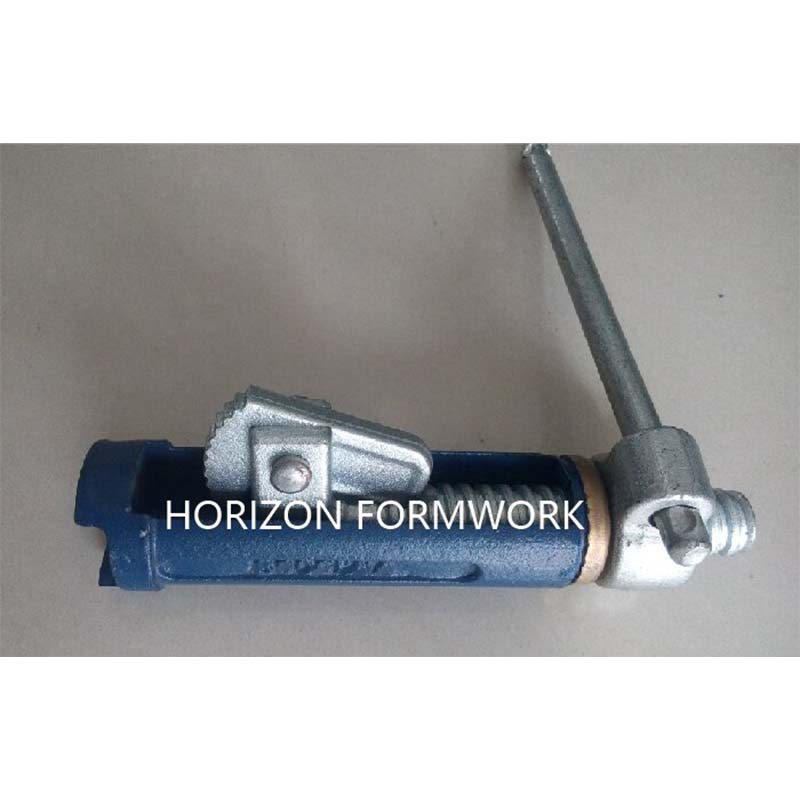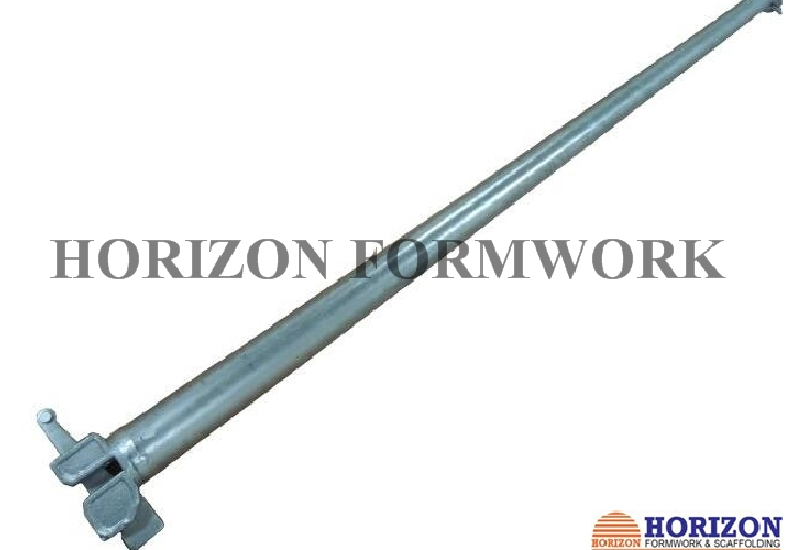മേയ് . 07, 2025 18:44 Back to list
Self-Climbing Formwork Systems High-Efficiency, Factory-Direct Solutions
- Overview of Self-Climbing Formwork Technology
- Technical Advantages Driving Construction Efficiency
- Top Self-Climbing Formwork System Manufacturers Compared
- Custom Engineering Solutions for Complex Projects
- Performance Metrics: Industry Standards vs. Advanced Systems
- Case Studies: Skyscraper and Infrastructure Applications
- Future-Proofing Construction with Self-Climbing Systems

(self-climbing formwork)
Revolutionizing Vertical Construction with Self-Climbing Formwork
Modern construction timelines demand solutions that combine speed with precision. Self-climbing formwork systems have emerged as critical assets for high-rise projects, enabling daily vertical progress rates of 3-5 meters. Unlike traditional methods requiring crane assistance, these automated systems utilize hydraulic jacks and modular panels that ascend independently, reducing labor dependency by 40% according to International Construction Association data.
Technical Superiority in Modern Formwork Systems
Leading manufacturers now integrate IoT-enabled monitoring directly into climbing mechanisms:
- Real-time load sensors (capacity: 80 kN/m² ±5%)
- Auto-leveling platforms maintaining ±2mm tolerance
- Weather-adaptive climbing speeds (0.5-2 m/hr)
Manufacturer Capabilities Analysis
| Manufacturer | Annual Production Capacity | Max Climbing Speed | Panel Reuse Cycles | Customization Options |
|---|---|---|---|---|
| SkyForm Pro | 850 systems | 6 m/day | 300+ | Full geometric adaptation |
| ClimbTech Industries | 1,200 systems | 5.2 m/day | 250 | Material hybrid systems |
| VertiBuild Systems | 600 systems | 4.8 m/day | 400 | Seismic-resistant designs |
Project-Specific Engineering Adaptations
Specialized factories now offer parametric configuration tools that adapt systems to:
- Non-standard building geometries (elliptical, tapered, or twisted forms)
- High-wind operation (stable up to 28 m/s wind speeds)
- Multi-functional panel integration (embedding MEP conduits during casting)
Quantifiable Performance Improvements
When comparing standard vs. advanced climbing systems:
- Cycle time reduction: 22 hours → 14 hours per floor
- Labor productivity: 0.85 m²/MH → 1.3 m²/MH
- Safety incidents: 3.2 → 0.7 per million work hours
Global Implementation Success Stories
Recent landmark projects showcase system capabilities:
- Jeddah Tower (1,000m): 5.2 m/day climb rate maintained for 147 consecutive floors
- Hong Kong-Zhuhai Bridge Pylons: 55° inclined climb achieved with specialized anchors
- Berlin Solar Tower: 0.25mm panel alignment precision for mirrored surfaces
Sustaining Growth Through Self-Climbing Formwork Innovation
As urbanization intensifies, manufacturers investing in AI-driven predictive maintenance and carbon-reduced aluminum alloys are positioned to lead. The global market for automated formwork is projected to reach $4.8B by 2028 (CAGR 7.2%), with self-climbing systems capturing 62% of high-rise applications. Forward-looking factories now implement blockchain-based component tracking to ensure 30+ year system lifecycles.

(self-climbing formwork)
FAQS on self-climbing formwork
Q: What is a self-climbing formwork system?
A: A self-climbing formwork system is a modular construction solution designed to vertically ascend building structures using hydraulic or mechanical mechanisms, eliminating the need for cranes. It enhances efficiency and safety in high-rise construction projects. Manufacturers specialize in customizable designs for varied project requirements.
Q: What are the key advantages of using a self-climbing formwork system?
A: Self-climbing formwork systems reduce labor costs, accelerate construction timelines, and improve worksite safety. Factories producing these systems prioritize durability and adaptability, ensuring compatibility with complex architectural designs. Their modular nature also minimizes material waste.
Q: How do I choose a reliable self-climbing formwork system manufacturer?
A: Look for manufacturers with ISO certifications, proven project portfolios, and adherence to global safety standards. Reputable factories often provide technical support, on-site training, and warranties. Client testimonials and case studies can also guide your decision.
Q: Where are most self-climbing formwork system factories located?
A: Leading self-climbing formwork system factories are concentrated in regions with robust construction industries, such as Europe, North America, and East Asia. Many manufacturers operate globally, offering localized logistics and servicing to streamline project execution.
Q: What materials are used in self-climbing formwork systems?
A: High-strength steel and aluminum alloys are common, ensuring lightweight yet durable frameworks. Factories integrate corrosion-resistant coatings and modular joints to enhance longevity. Custom material combinations are available to meet specific structural or environmental demands.
-
Adjustable Heavy Duty Props for Slab Formwork | Strong & Reliable Support
NewsAug.23,2025
-
Adjustable Heavy Duty Props for Slab Formwork - Strong & Safe Support
NewsAug.22,2025
-
Formwork Spring Clamp Factories: Quality & Bulk Supply
NewsAug.21,2025
-
Premium Ringlock Scaffolding | China Manufacturer & Supplier
NewsAug.19,2025
-
Efficient Table Formwork for Fast Slab Construction & Reusability
NewsAug.18,2025
-
Timber Beam H20 Formwork & Shuttering - Durable & Reliable
NewsAug.17,2025